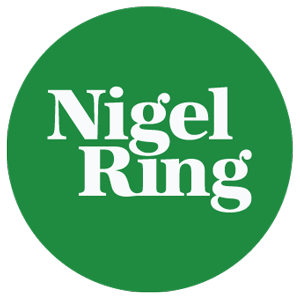 Last time we saw the importance of being in control, not letting emails dictate your priorities. On reading it a friend kindly sent me details of Boomerang (for Gmail), which allows you to schedule messages to be sent or returned at a later date. This looks a really helpful app and may be particularly applicable to what follows in this posting. I have not yet had the chance to explore it thoroughly so you will have to do your own discovery!
Last time we saw the importance of being in control, not letting emails dictate your priorities. On reading it a friend kindly sent me details of Boomerang (for Gmail), which allows you to schedule messages to be sent or returned at a later date. This looks a really helpful app and may be particularly applicable to what follows in this posting. I have not yet had the chance to explore it thoroughly so you will have to do your own discovery!
So, in this final part we are considering how to order emails.
9. How full is your inbox?
Many people’s inboxes contain hundreds of emails. Some are awaiting a response, others are there because you cannot decide how to respond. Yet others have just been left there and not filed.
Having a ‘full’ inbox leads to inefficiency as you repeatedly read the topic line and reopen the same email without finalising any action that is needed, including filing it. So you need to make your inbox as empty as possible at the end of every session. How?
There are three options for any particular email
1. Leave it.
If there is ‘unfinished business’ that will need further attention you may wish to leave the emails temporarily in the inbox as ‘unread’, or it can be moved to a pending file. Then plan in your diary when you will deal with it.
2. Delete it.
This happens when it has no further value – either it was sent to you unrequested (advertising etc) or you have responded and do not need to keep a record.
3. File it.
Transfer the email using the traditional method of filing with folders and files. Most of my folders and files are titled either with names of people (Surname, First Name) and with the topic.
One of my folders is ‘Future Appointments’ with sub-folders/files for the specific event. These sub-folders are titled first with the date in international format ie YYMMDD followed by the person or meeting eg ‘160225 Joe Bloggs’. This is for an appointment with Joe on 25th Feb 2016. Using this technique ensures the subfolders are in chronological order, the next appointment being at the top of the list. Once the meeting has taken place I move it to ‘Bloggs, Joe’, or other appropriate place.
Tip 10
Keep you inbox ‘empty’, having only emails that still require your attention – new ones or ones that you need to deal with later
Tip 11
File by name (surname first) or topic
Tip 12
Gather future appointments in one folder, labelling them YYMMDD followed by the person or event
Conclusion
And so we come to the end of this short series. I am sure there is much more that could be said about emails and different people would have other tips. But the ones I have shared work for me.
The two most important messages to take away are:
1. Remember that emailing is only a vehicle for communication. Make sure emails reflect you as a person, as if you were face-to-face with the reader.
2. Take control. Do not allow the vehicle to force itself upon you and cause you to change your priorities in the use of your time.
Finally, a Plea!
Often we allow communication tools to inhibit actual face-to-face communication. If you are with others please avoid ‘checking your emails’ on your smart phone or tablet. It is very discourteous and also robs you of the privilege and richness of interacting with a real person!
